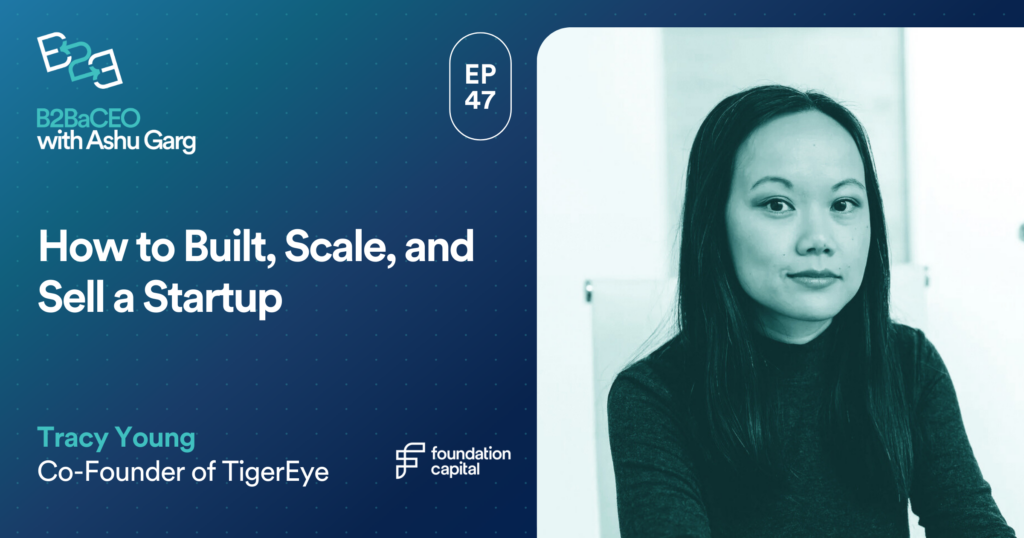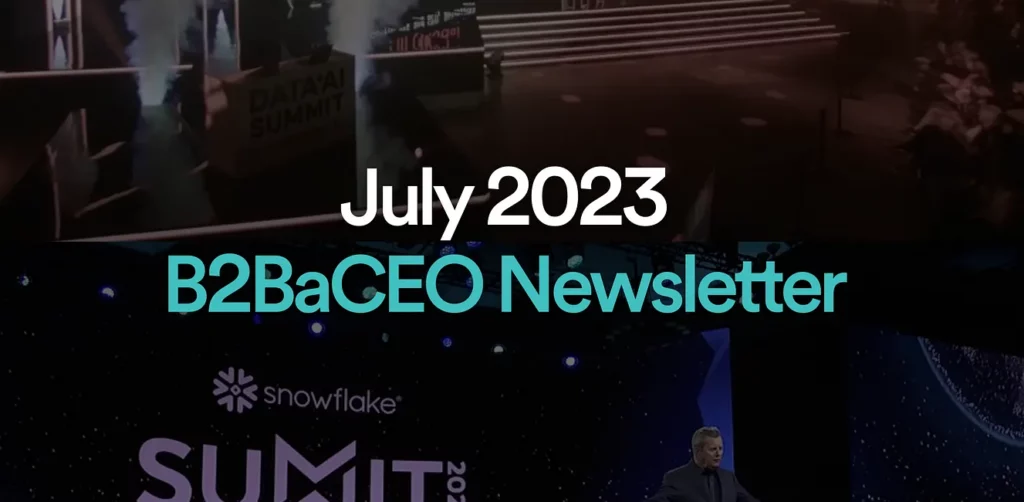This weekend was one to remember for those actively invested in the future of AI. In this special edition of B2BaCEO, I’ll summarize what unfolded (as of Monday, November 20 at 5 pm PT). I’ll offer perspective on the future of OpenAI and its diminished status as the public face of generative AI. I’ll also build on my recent editorial about the opportunities for startups, together with what this all means for other model providers like Google and Anthropic, the open-source community, and more.
This remains an extremely fluid situation. This morning, OpenAI’s Chief Scientist Ilya Susketver sent a Tweet that opens the door to the clock being reversed. But for now, here’s what I’m thinking.
What Happened?
To recap, on Friday, OpenAI’s CEO Sam Altman was suddenly let go by the board, citing vague concerns over the candor of his communications. Soon after, OpenAI President Greg Brockman voluntarily resigned to join forces with Altman.
In response to a mounting employee backlash, the OpenAI board briefly seemed to be reconsidering reinstating Altman. But, within 48 hours, they surprised many by appointing former Twitch CEO Emmett Shear as interim CEO, replacing the former interim CEO Mira Murati.
Amid the chaos, Microsoft CEO Satya Nadella was initially working behind the scenes to get Altman and likely Brockman reinstated. Yet, after further negotiation, Nadella ended up recruiting both to join Microsoft to lead its new advanced AI research efforts. Suffice it to say, Nadella surely didn’t get much sleep this weekend (especially after India lost to Australia in the Cricket World Cup on Saturday night!). His deft leadership, which has never failed to impress me, was fully on display.
Given OpenAI’s impact on democratizing AI, and Altman’s status as an icon of the generative AI revolution, these events led to much unrest about how the shakeup will affect the broader AI ecosystem.
Before we unpack the implications, it’s important to remember that OpenAI is structured as a non-profit, not a traditional tech company, and that its mission is to benefit humanity by achieving AGI. Altman repeatedly stated that he viewed consumerizing ChatGPT as a step in this direction. Today, however, it seems that ChatGPT may go the same way as Netscape—which, despite early momentum as the first user-friendly web browser, was outpaced by competitors like Microsoft’s Internet Explorer and was eventually acquired and shut down.
What’s Next?
- Implications for OpenAI
The weekend’s events have caused significant unrest across the tech industry—and especially within OpenAI. Reports indicate that most of the company’s 700+ employees have signed a petition threatening to jump ship for Microsoft or another competitor unless Altman is reinstated as CEO. This talent shift could dramatically slow OpenAI’s pace of innovation, reducing its standing from one of the world’s most important companies to just another player in the AI revolution.
The executive turmoil may also impact many of the product launches announced at their inaugural developer conference earlier this month, including the GPT Store. All the buzz around OpenAI triggering a “startup mass extinction event” could be significantly interrupted as the company works to transition their new outsider CEO and recover from the fallout of the past 72 hours. - Microsoft’s newfound path to dominance
Though initially blindsided by the news, Nadella quickly jumped in and made efforts to reinstate Altman and Brockman. Once it was clear that was a lost cause, Nadella changed course and instead recruited both (and now potentially Murati as well) to join Microsoft to lead a new advanced AI research team. Because Microsoft has an exclusive perpetual license to all OpenAI IP, which includes source code and model weights, they have the ability to exploit that IP—and, in fact, make it bigger and better.
As I mentioned in my editorial on Friday, Microsoft recently announced that it is integrating Copilot, its AI assistant, across its product suite. Analysts predict that Copilot could generate $14B in annual revenue. This new AI research team will supercharge Copilot’s development, putting Microsoft in a dominant position and lending momentum to other incumbents. - Implications for other model providers
As OpenAI works to recover from this weekend and regain both internal and external confidence, what was once a formidable barrier to entry will now lift for folks like Google’s Gemini and Anthropic. While Gemini is thought to have capabilities on par with (and potentially even exceeding) GPT-4, its launch had been pushed from this month to Q1 2024—due, in part, to ChatGPT’s strength as a rival.
Even before Altman’s firing, all was not perfect at OpenAI. Some of its largest enterprise customers, including Morgan Stanley, were increasingly relying on Azure’s OpenAI service, which provides access to OpenAI’s models with the privacy, governance, and security safeguards of Azure. Over the past 72 hours, other rivals including Anthropic, Cohere, and AWS have been quick to capitalize on the situation and acquire OpenAI customers both large and small.
As alternatives to OpenAI rise in importance, the situation starts to recall the “cloud wars” of years past. Customers know to avoid the same mistake of committing to a single sticky vendor, given the risk of lock-in and high switching costs down the line.
The open-source community is another likely winner, as customers continue to realize the risk of dependence on closed providers. Expect to see increased adoption of companies like Databricks, equipped with improved open-source model training and inference offerings as a result of the MosaicML acquisition, as well as Meta’s next-gen open-source Llama 2 in the coming months.
This same risk will make room for AI middleware startups like LlamaIndex and LangChain to thrive. Larger customers with the right resources and talent can use these tools to create customizable chatbots with models that can be easily swapped in and out. In parallel, companies like Arize with its third-party model evaluation and monitoring tools will become increasingly more important. (For more on the generative AI stack, see our FMOps post from this March.)
Closing Thoughts
This weekend’s events mark a major inflection point in AI, with big implications for incumbents and startups alike. The history of the tech industry is filled with turning events like these, with many drawing an analogy to the ouster of Steve Jobs from Apple. That costly blunder led to strategic drift and stagnation, nearly bankrupting Apple until Jobs returned to revive it.
A few final thoughts:
- Altman’s departure has caused the planets to align for OpenAI’s rivals. Expect OpenAI’s market domination, which once seemed assured, to be significantly diluted—perhaps a 20% share versus outright control.
- The short-term impact on AI innovation may be meaningful, but the long-term impact will be limited. Increased competition is almost always a boon to innovation—this shakeup could actually benefit the ecosystem.
- Despite AGI concerns, we’re still in the very early innings of AI model development. Fearing intangible unknowns risks stalling important progress.
My biggest takeaway is just how quickly the AI space is evolving. Even giants like OpenAI can see their fortunes change overnight. So to all you AI builders: get out there, make your mark, and don’t give up. With execution and persistence, anyone can have an impact.
A big thanks to my teammates—Priyal, Jaya, Vinay, and Courtney—for their research, writing, and patience as we analyzed these events.
Published on 11.20.2023
Written by Ashu Garg



